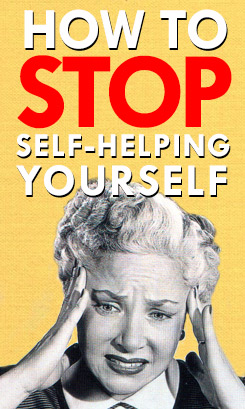A Dot Within the Matrix: A View From Vogager 1


Several months ago NPR aired a special broadcast that celebrated the 20th anniversary of the photograph you see on the right.
I recommend listening to the report, especially now when the globe is challenged by the largest ecological holocaust in the United States’ history.
Listen, look, and then reconsider the words of the late, great astronomer Carl Sagan. A reaction that he shared with the world after studying the photograph. A photograph taken by the Voyager 1 spacecraft, which at the time was nearly 4 billion miles away, drifting in space.
A photograph which displays, if you look closely at that little tiny speck of light within the band of universal dust, a god’s eye view of: Planet Earth.
Sagan wrote:
Look again at that dot. That’s here. That’s home. That’s us. On it everyone you love, everyone you know, everyone you ever heard of, every human being who ever was, lived out their lives. The aggregate of our joy and suffering, thousands of confident religions, ideologies, and economic doctrines, every hunter and forager, every hero and coward, every creator and destroyer of civilization, every king and peasant, every young couple in love, every mother and father, hopeful child, inventor and explorer, every teacher of morals, every corrupt politician, every ‘superstar,’ every ‘supreme leader,’ every saint and sinner in the history of our species lived there — on a mote of dust suspended in a sunbeam.
The Earth is a very small stage in a vast cosmic arena. Think of the rivers of blood spilled by all those generals and emperors so that, in glory and triumph, they could become the momentary masters of a fraction of a dot. Think of the endless cruelties visited by the inhabitants of one corner of this pixel on the scarcely distinguishable inhabitants of some other corner, how frequent their misunderstandings, how eager they are to kill one another, how fervent their hatreds. Read more
The 40th Anniversary of the Moon Landing

“What about the existential whiplash that comes from being on the moon one week and in your living room the next — and having to find your own way to process the vast gulf between those two worlds? “I remember coming back to Houston after the moon, and my neighbors had a barbecue for me,†Dave Scott, commander of Apollo 15, told me. “I thought, ‘What am I doing here?’ ”
From Time magazine’s excellent: Moon Walkers: The 40th Anniversary of the Moon Landing
Bonus: Google Moon. Explore the six missions of the Apollo Program, which lasted from 1963 to 1972.


















